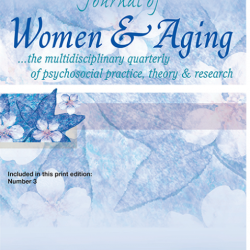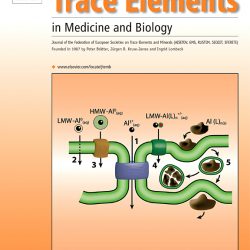Anxiety and depression symptoms in adult males in Atlantic Canada with or without a lifetime history of prostate cancer.
Authors: Gabriela Ilie, Robert Rutledge, Ellen Sweeney Abstract Objective: Prostate cancer (PCa) is the most prevalent form of cancer among men and has one of the most favorable survival rates among all cancers. Here we examine the association between depression and anxiety symptoms in a population‐based sample of men. Methods: A cross‐sectional analysis was conducted on a subsample of 6 585 male participants aged 49‐69 from 2009 to 2015 survey cycle of the Atlantic PATH. Mild, moderate or severe depression or anxiety indicators were primary outcomes and were assessed using the Generalized Anxiety Disorder (GAD‐7) scale and the Patient Health Questionnaire (PHQ‐9). The presence of a lifetime history of PCa, other forms of cancer (except PCa) or absence of either was the main predictor variable. Results: An estimated 3.9% of men self‐identified as having had a history of PCa diagnosis, 11.3% of men identified as having had a history of other forms of cancer and 84.9% reported never having had a diagnosis of cancer in their lifetime, respectively. Survivors of PCa had 2.45 or 2.05 statistically significantly higher odds of screening positive for current anxiety or depressive symptoms, respectively, compared with those who identified as without a lifetime history of any form of cancer in controlled analyses (including survivorship time). Conclusions: Increased rates of anxiety and depression among men with a history of PCa highlight the need for mental health screening among PCa survivors. The findings highlight the importance of a multidisciplinary effort to prioritize and deliver comprehensive mental health support to PCa survivors. Link: https://onlinelibrary.wiley.com/doi/full/10.1002/pon.5244 Last Updated on July 23, 2020




